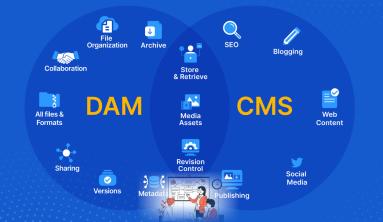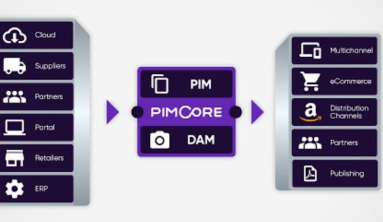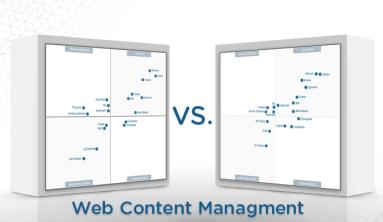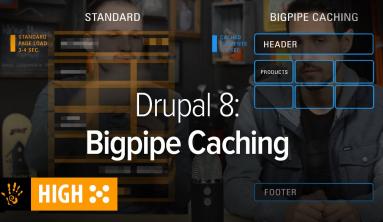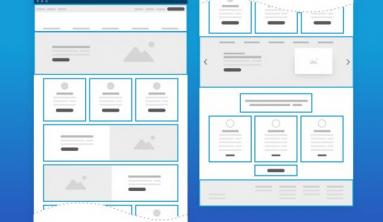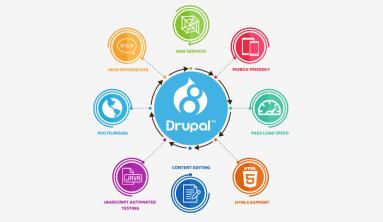All to often I hear clients trying to understand the different between a template, like the ones found on templatemonster.com or website builders that usually come free with most shared web hosting plans, like Godaddy, and a Content Management System (CMS), such as Drupal, Wordpress or Joomla. The answer is, what's underneath.

Keep in mind I am using each of these three terms loosely. Each "type" have varying degrees of functionality and some blur the lines in between. Simply put, a template is mostly just the look of a website and a CMS, and to a lesser extend a Website builder, are the mechanics underneath.
Templates
Templates are usually just a basic HTML/CSS, where you can edit the stock about us page, change out the logo and maybe switch out some of the colours.
Website Builders
Website building programs usually come with shared hosting plans, like at Godaddy, Hostgator or pretty much every host out there nowadays. With these tool you can do all of the things like in a basic HTML/CSS, but maybe is also comes with a couple of add-on, such as form builders or weather widgets. They're relatively easy to use but can be limiting.

Content Management Systems
A CMS on the other hand, is a robust application platform, that allows you to do pretty much anything you want. This is where your website will start to really work for you. Website is also not the correct term either. A CMS can be built to help you mange your business or organization. There's full-fledged eCommerce capabilities, that not just let you sell stuff, but manage your sales/tax reports and invoicing. A CMS can also be a complete Client-Relationship Management System for non-profits to manage their client files, records. It can be pretty much anything you want it to be.

I will give you an example.
Several years ago, before CMSs really matured, Pixel Sweatshop used separate pieces of software to manage each part it's business.
- Client Relationship Management (Microsoft Access)
- Invoicing/billing (Freshbooks)
- eNewsletter (Constant Contact)
- Accounting (Quickbooks)
- Online and Recurring Payments (Paypal)
- Project Management (in our heads)
- Support Desk (email)
- Web Conferencing (Dim Dim/Skype)
Now let's take a simple task of entering a new client's Name, Address and Phone Number into our records. We would have to do it in each and every system. Some might have an import tool, but it would take time to do it. So, what may appear to be a simple task on the surface, would turn into an hour worth of work. (I will be honest, that's even if it happened. Sometimes it was too much hassle.)
Today we use just one, Drupal.
In Drupal, our clients have one account to read blogs/articles; use the Help Centre; submit support tickets, subscribe to eNewsletters; purchase products/services; and pay their bills and the best part of all, they created their own accounts. We didn't have to lift a finger. Saving us time and money.
Does every business or organization, big or small or even home-based, need to have a full blown CMS?
Yes. As our business grew, we had to migrate each one of these features into Drupal, taking a significant amount more time, than if we just had started there in the first place (All of these features weren't available in Drupal back then). So, why not start with Drupal.
Templates are free, Website builders are free, and so is Drupal. There are over 7,000 modules to enhance Drupal's functionality already available. You can even start small and Drupal can grow as you grow.

